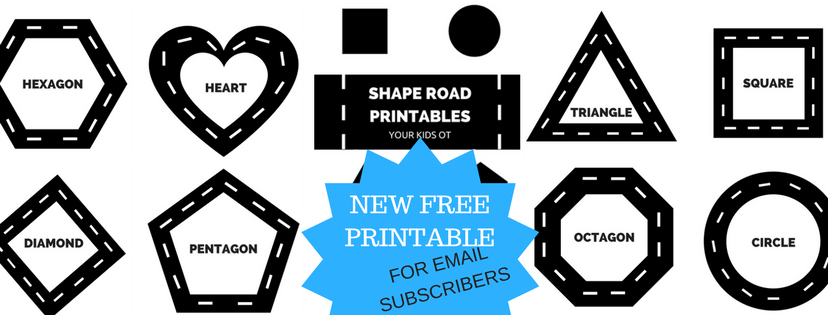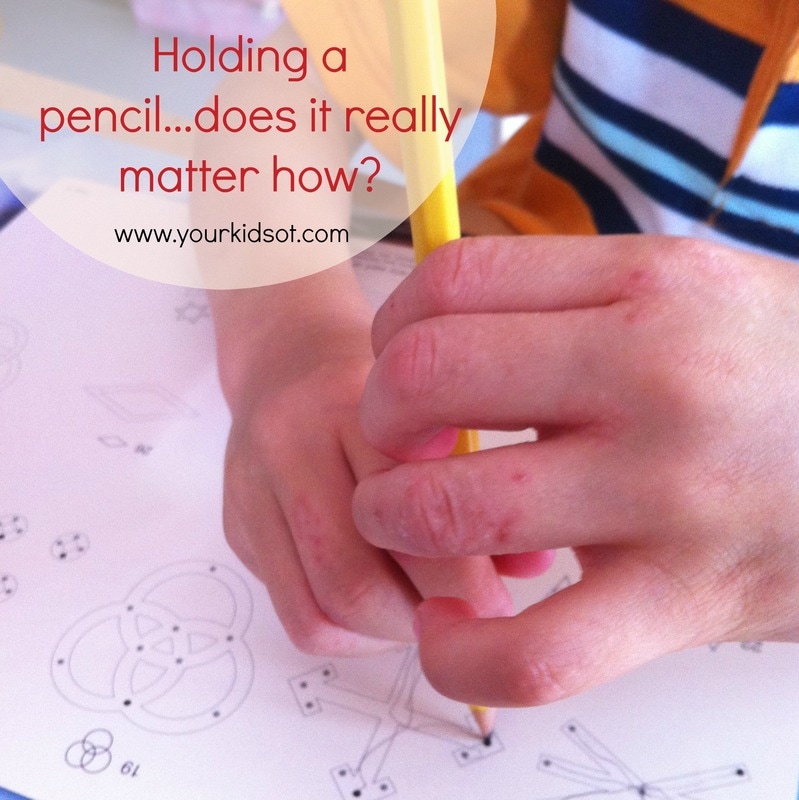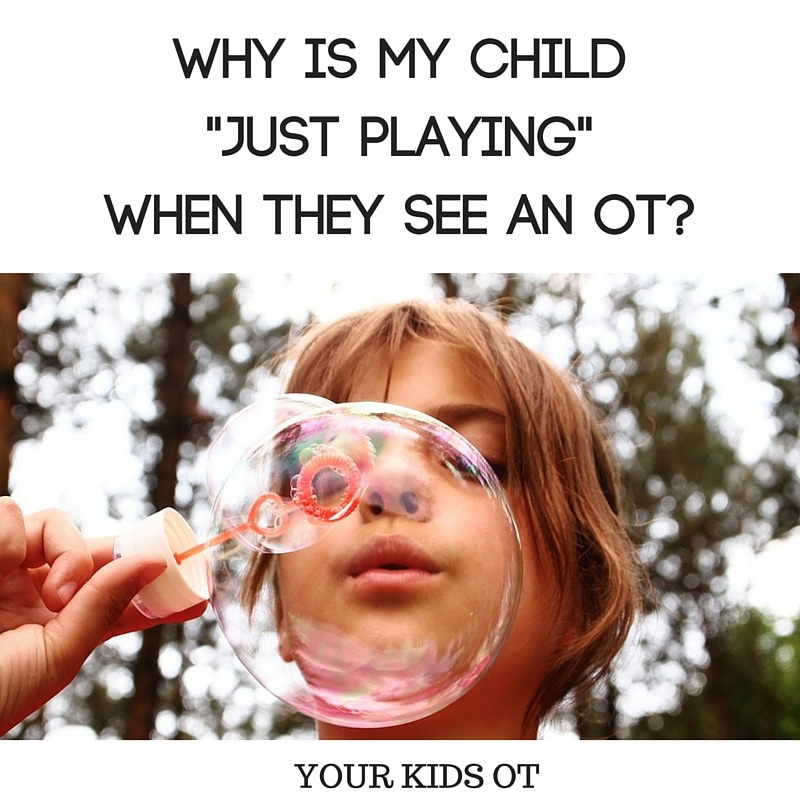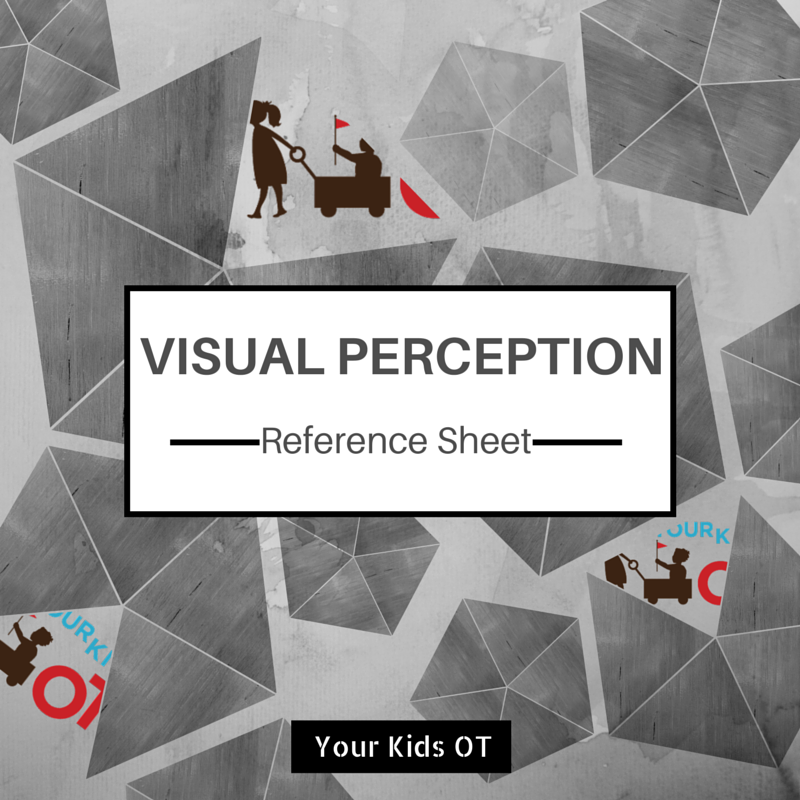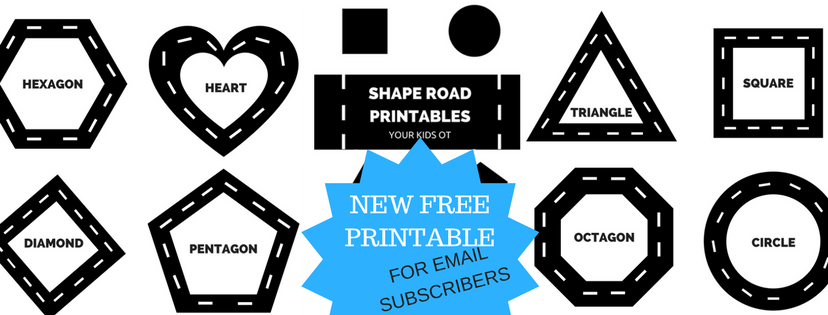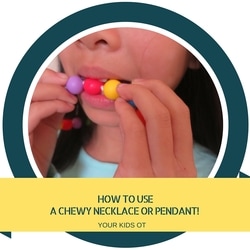
EDITORS NOTE: Little Sunshine boutique is no longer in operation. In Australia, you may consider purchasing alternative chewy jewellery from Calming Moments (affiliate links).
The mouth is an important sensory system. We use our mouths every day to eat, speak and breathe. Babies use their mouths to explore objects in their environment. They learning to control their tongues, jaws and eventually teeth developing oral motor skills as they learn to suck, swallow and breathe. Babies learn to manage saliva, chew, bite, move food appropriately in their mouths, drink and speak .
Have you ever chewed on the end of your pencil or pen? Have you bitten your finger nails? Have you bitten your hair? Do you grind your teeth? These are examples of oral sensory seeking behaviour. People who seek this extra input into their oral systems may be seeking comfort, trying to calm themselves, trying to make themselves more alert or focused. Babies may chew or suck when they are teething or just need comfort (eg. sucking on a pacifier). Children and adults may chew or suck when they are anxious, scared or trying to concentrate. I have described in previous articles how oral motor input is important for the organization of the central nervous system (Williams and Shellenberger, 1994) and can help with regulating attention and mood (Oetter, Richter and Frick, 1993). What is "chewy" jewelry? Introducing Little Sunshine Boutique. "Chewy" jewelry is designed to provide children with something safe to chew! Gwendolyn Mayfield designs and makes silicon necklaces at Little Sunshine Boutique. Gwendolyn is a mother of 4 kids with a baby on the way in July. Gwendolyn started Little Sunshine Boutique with the birth of her last baby and she started designing sensory necklaces when her son was diagnosed with ADHD. Gwendolyn's brother has ASD and she has always had a heart for children with special needs. Each necklace is made with little knots between each bead as well as a breakaway clasp to prevent injury. The necklaces are suitable for children 8 months to 12 years old. Most of the necklaces are 20 inches long and are dish-washer safe. There are also a range of pendants {I know some children who would love the shark ones) available from Little Sunshine Boutique with shipping world wide. Little Sunshine Boutique produce beautiful necklaces which look great and can provide oral input for those who seek it. How should you use "chewy" jewelry?
"Chewy" jewelry now comes in a range of colours. It has been made to be child-friendly yet provide a discrete and age-appropriate alternative to oral sensory seekers. Check out the range from Little Sunshine Boutique! I have seen the benefits of "chewy" jewelry, although I do liken them to the use of a pencil grip. Pencil grips do not necessarily mean a child will have beautiful neat handwriting. "Chewy" jewelry will not directly result in a child stopping all oral seeking behaviour. Each should be used as tools within their own contexts. Pencil grips are great for guiding a functional pencil grasp where as chewy jewelry can be a great way to help children to find an alternative to undesirable oral seeking behaviour. It can also help children to self-regulate. However, an overall sensory diet should still be considered! Does your child use a "chewy" necklace or pendant? Would they benefit from using one?
When should use chewable jewelry?
* To replace excessive chewing of inedible objects (eg. pencils, leaves, sticks, furniture, clothes, fingernails). * To replace excessive chewing and biting of the child's own mouth, cheeks, tongue, lips, arms. * To provide oral input for children biting other children.
Disclosure: Little Sunshine Boutique gifted a sensory necklace and pendant to Your Kids OT for review. I did not receive remuneration for this review. All thoughts and opinions expressed here are my own. This post contains affiliate links. This means if you should make a purchase with one of these links, I will receive a small commission for the sale.
References: Williams, M. & Shellenberger, S. (1994) "How Does Your Engine Run?":A Leader's Guide to The Alert Program for Self-Regulation. Stillwater:PDP Press Oetter, P., Richter, E. & Frick, S. (1998) M.O.R.E.:Integrating the Mouth with Sensory and Postural Funcitons. Hugo:PDP Press
You may also like:
Comments are closed.
|
AuthorHi, I'm Cindy and I am an Occupational Therapist. I enjoy working creatively with children to see them reach their potential. Read more about me here. SEARCH THIS SITE
Archives
June 2024
Categories
All
Popular Posts |
Join the YKOT e-newsletter!
Subscribe to get our latest content by email and receive
the SHAPE ROADS PRINTABLE NOW!

Success! Now check your email to confirm your subscription and receive your free printable!
Join our Mailing List!
Subscribe to get our latest content by email and receive
the SHAPE ROADS PRINTABLE NOW as a thankyou!

Success! Now check your email to confirm your subscription and receive your free printable!
Disclaimer: The information on this site is general in nature and should be used for educational and entertainment purposes. The activities are safe for most children, however, you should consult an Occupational Therapist or health professional to address specific movement, sensory or other medical conditions. This blog does not replace formal therapeutic professional advice given by a health professional or medical practitioner. Reviews and endorsements of products will only be made based on my expertise and personal opinion; and deemed worthy of such endorsement. The opinions shared in sponsored content will always be my own and not that of the advertising company or brand. Content, advertising space or posts will be clearly identified if paid, affiliated or sponsored. Affiliate links may be found throughout this website in advertising. This means that if you follow through with a purchase from these links, Your Kids OT will receive a percentage of the sale. Your Kids OT undertakes to meet the requirements of the "Social Media Policy" as published by Australian Health Practitioner Regulation Agency (AHPRA). Further information about this policy can be found here.
Find meFollow me |
About me
AuthorHi, I'm Cindy and I am an Occupational Therapist. I enjoy working creatively with children to see them reach their potential. Read more about me here. |
Copyright © 2017 Your Kid OT


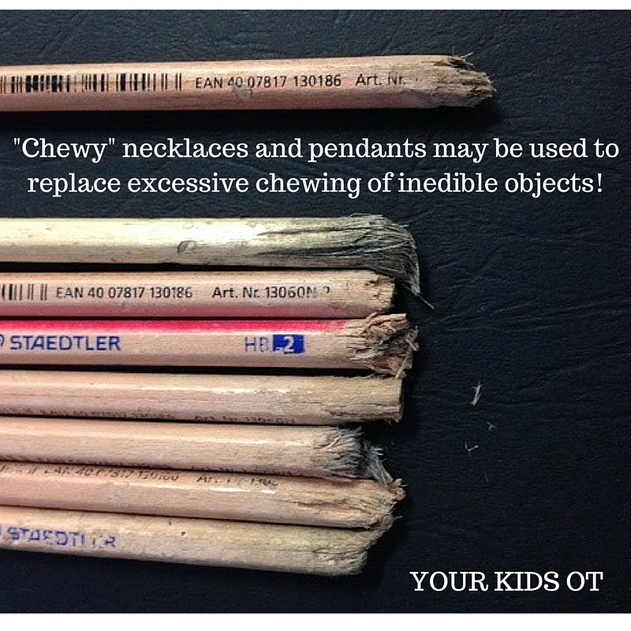

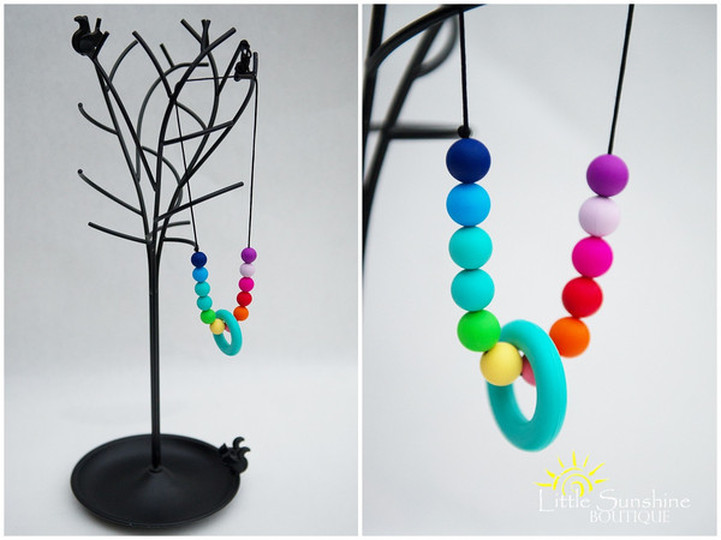
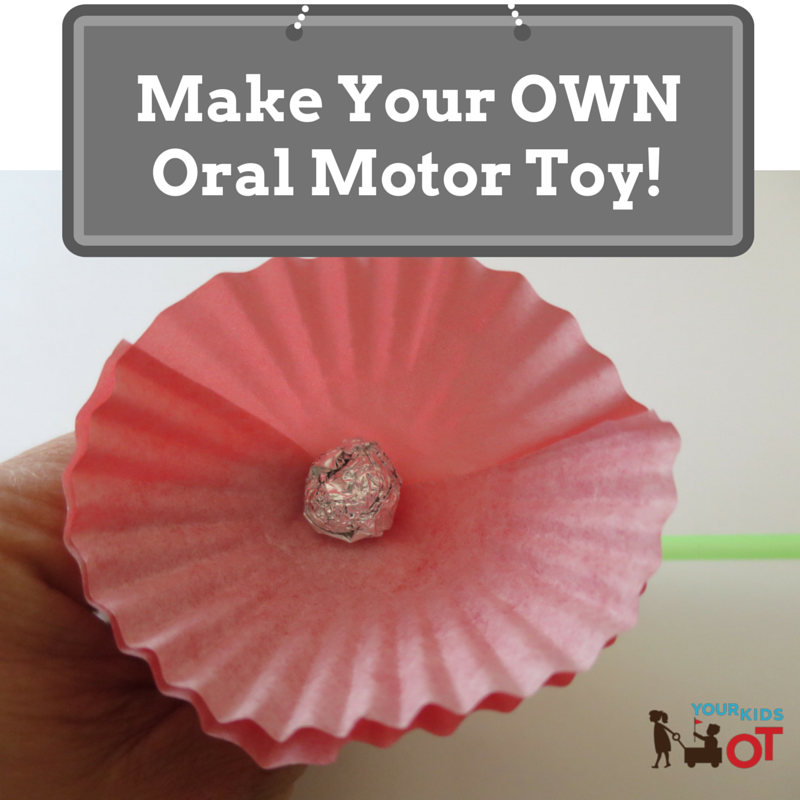
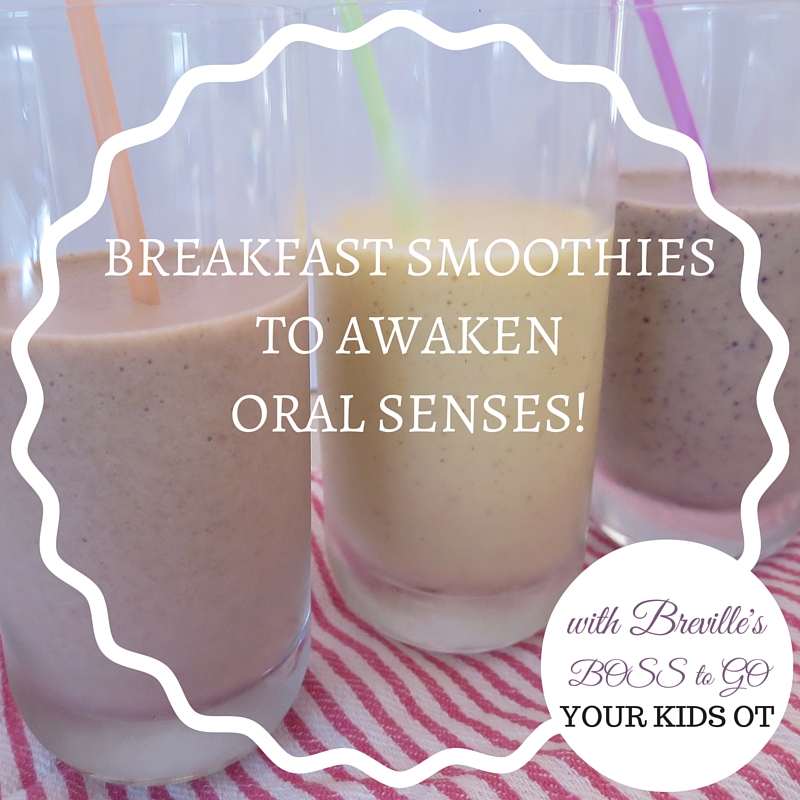
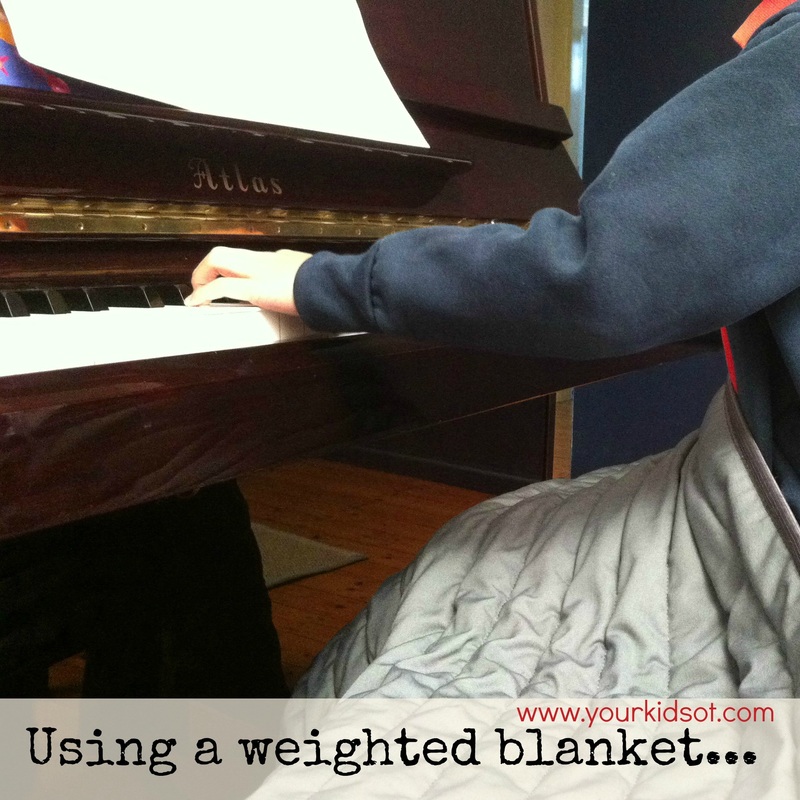
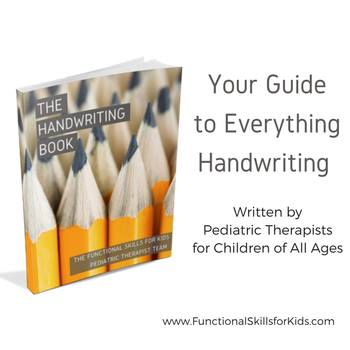
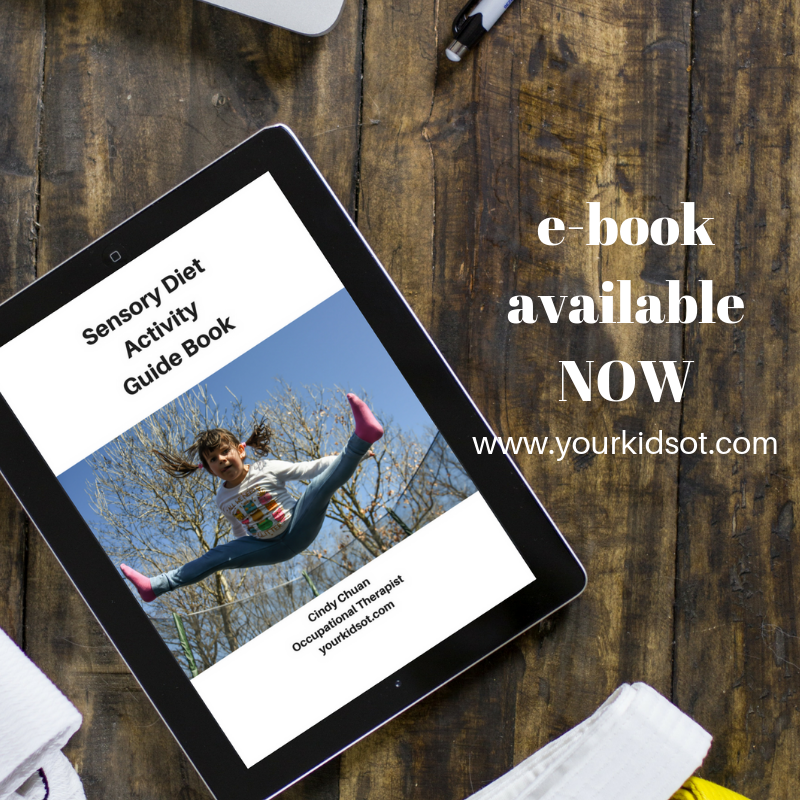
 RSS Feed
RSS Feed
